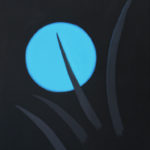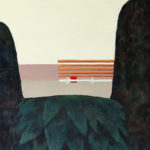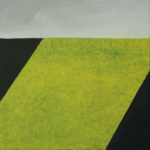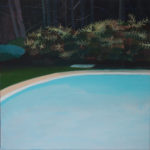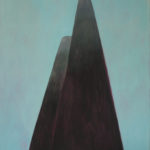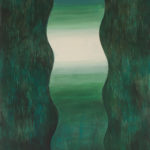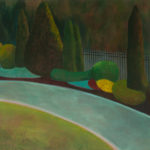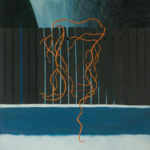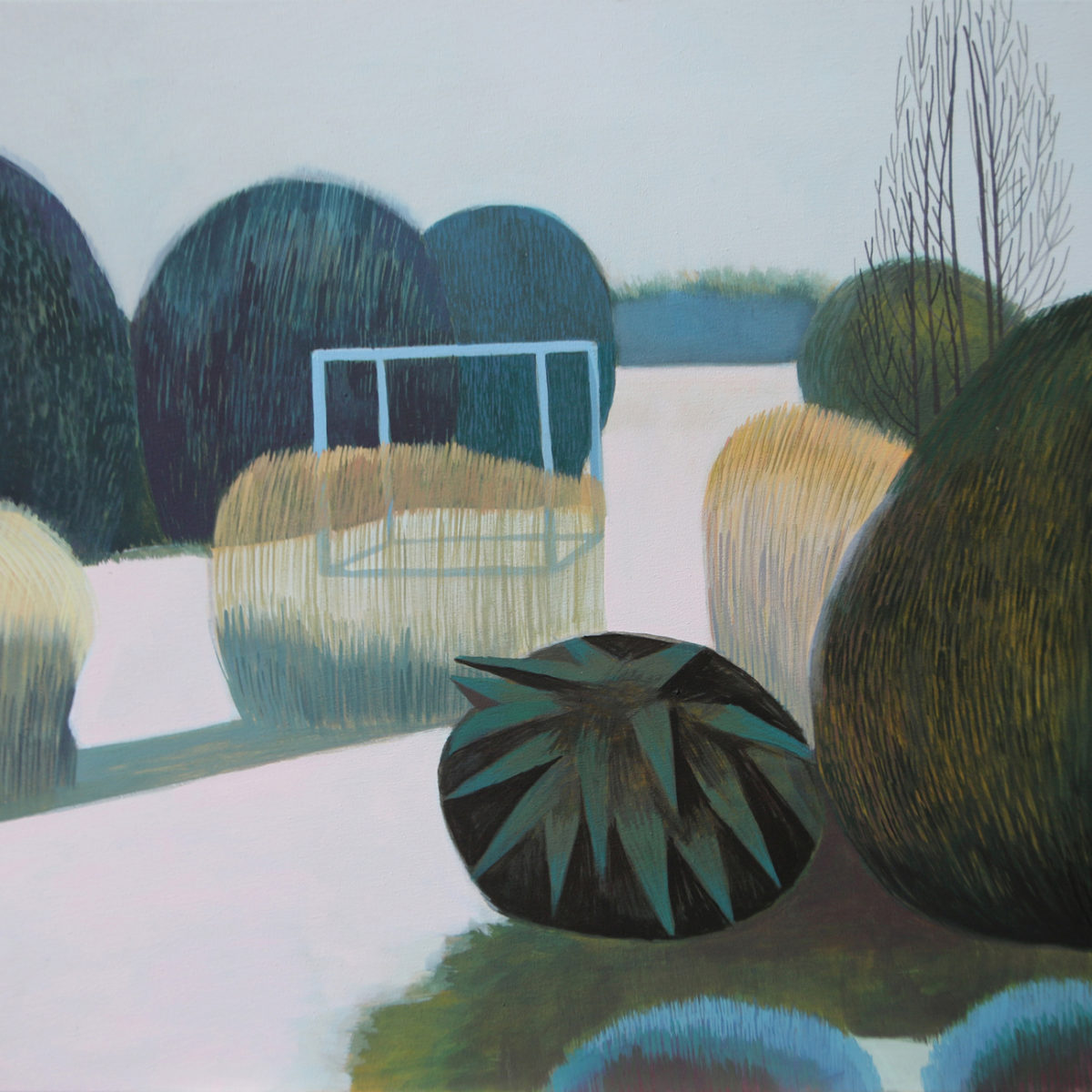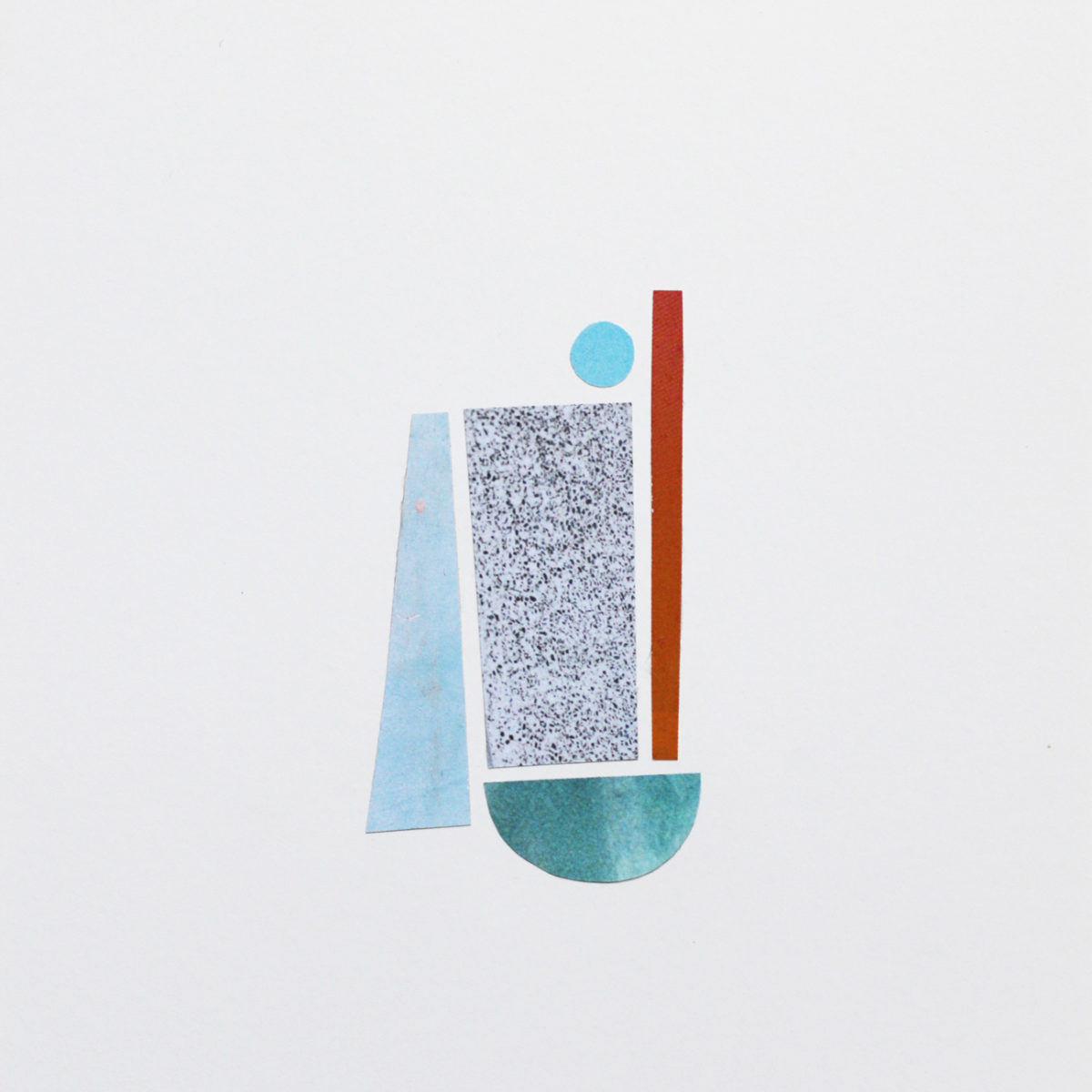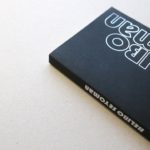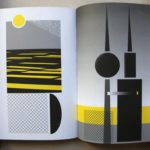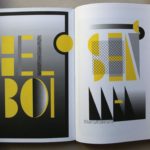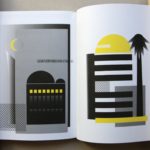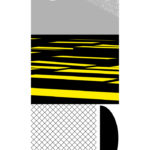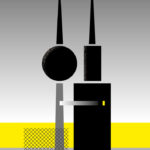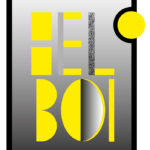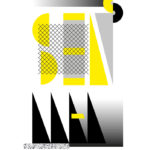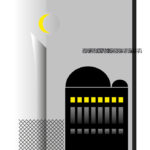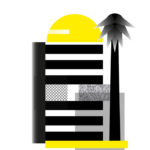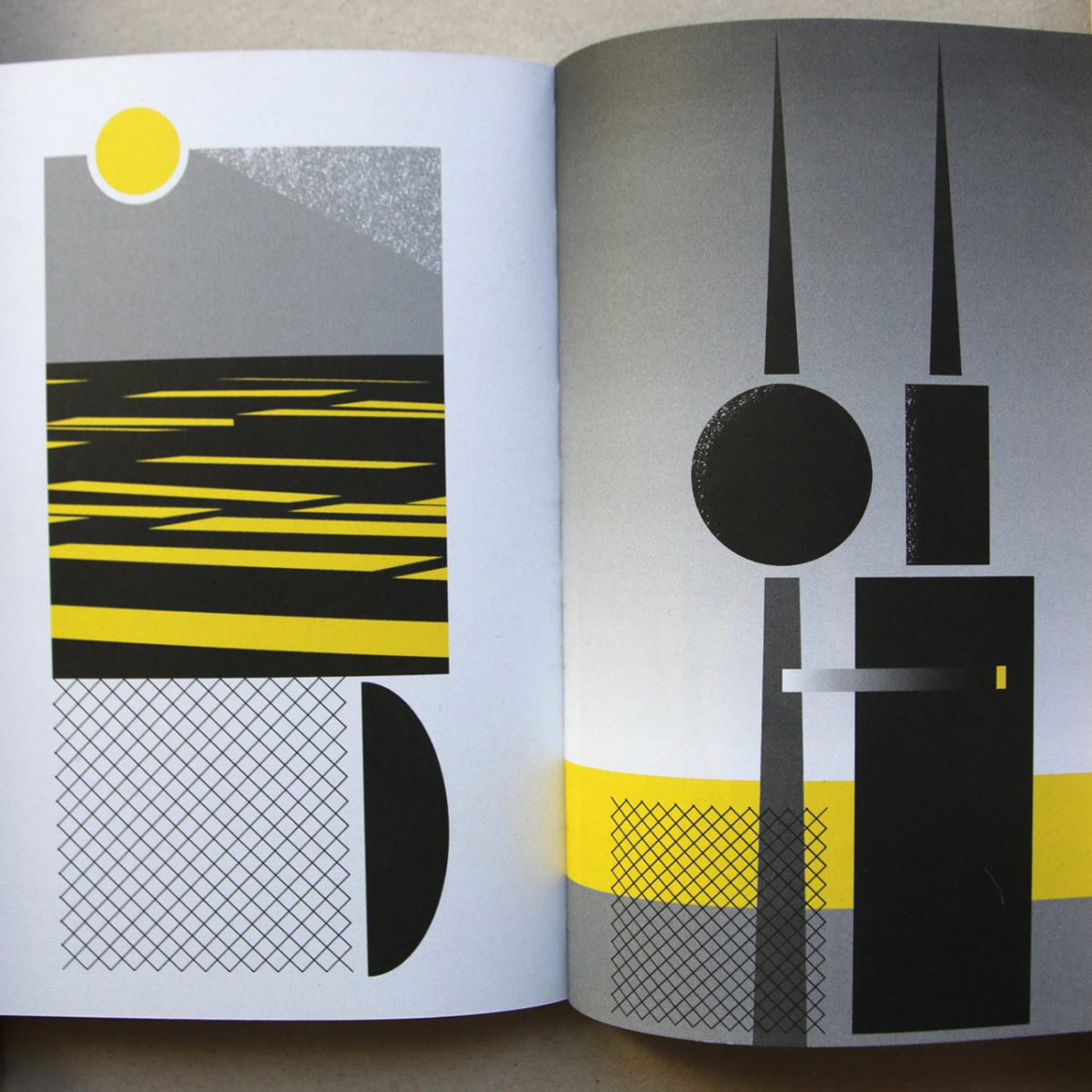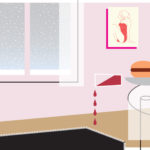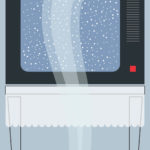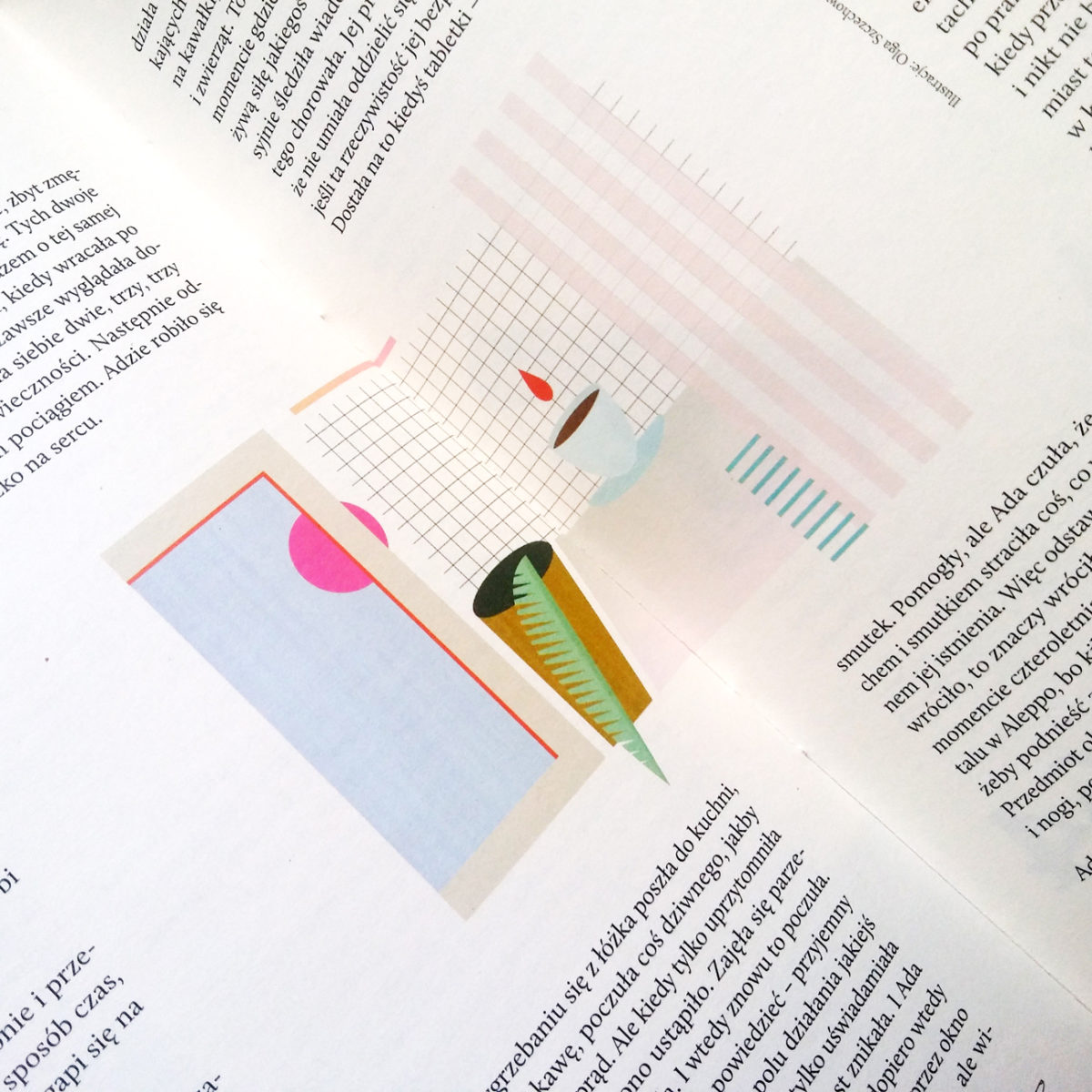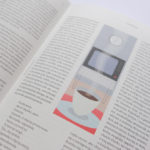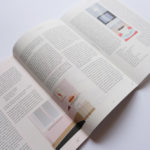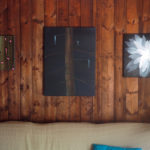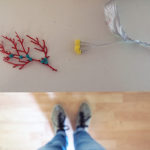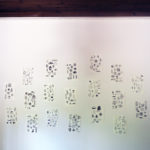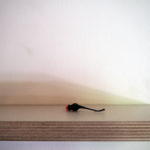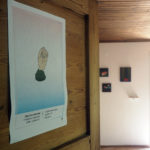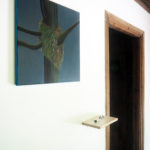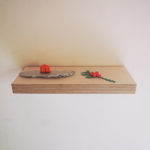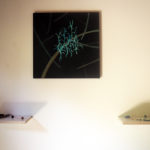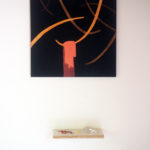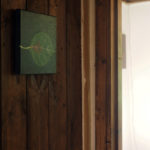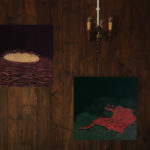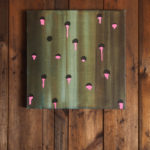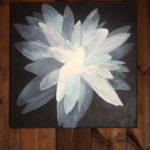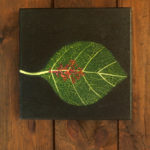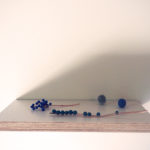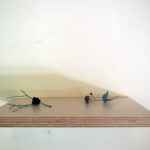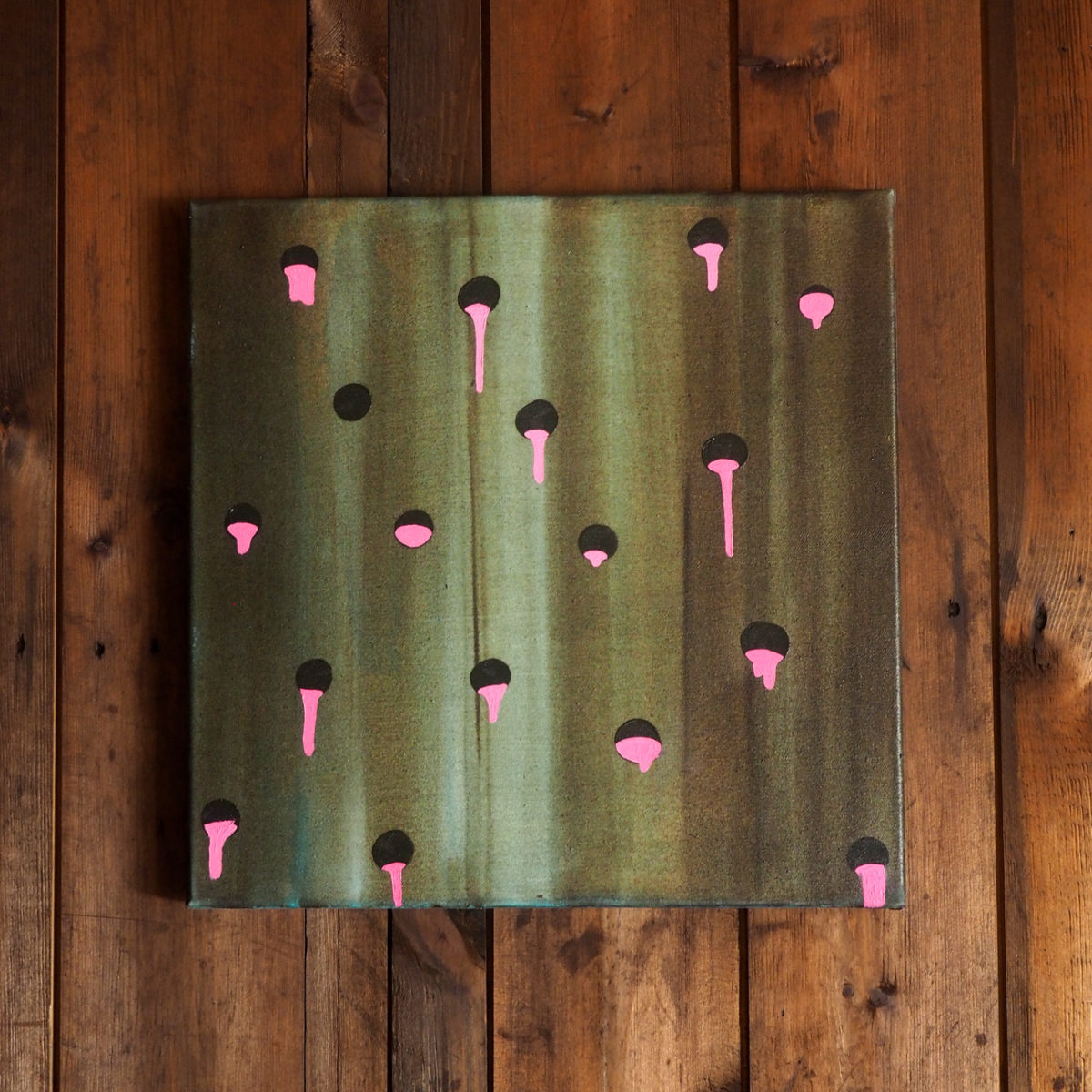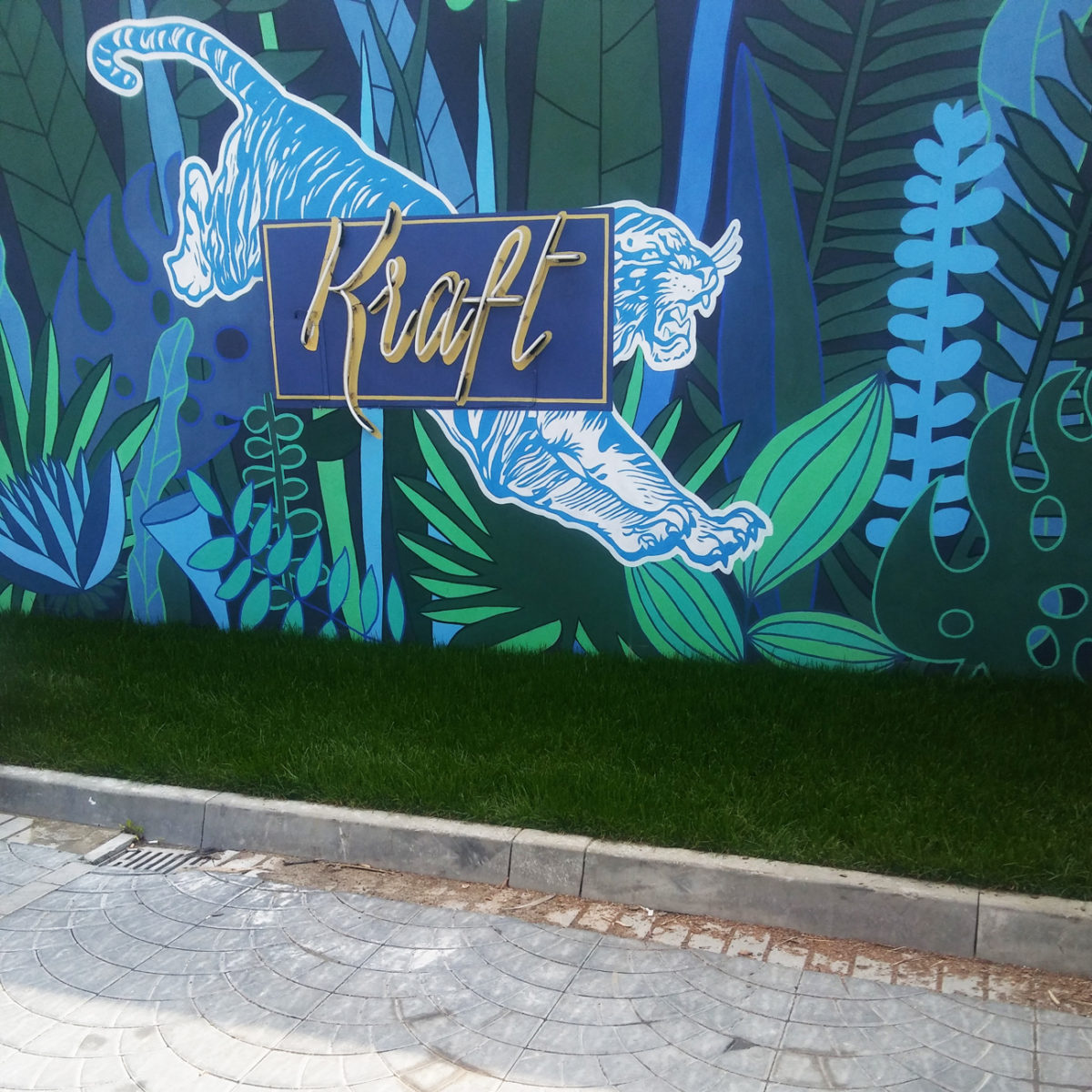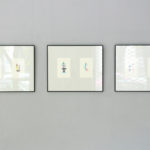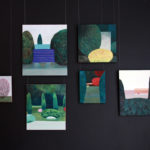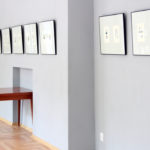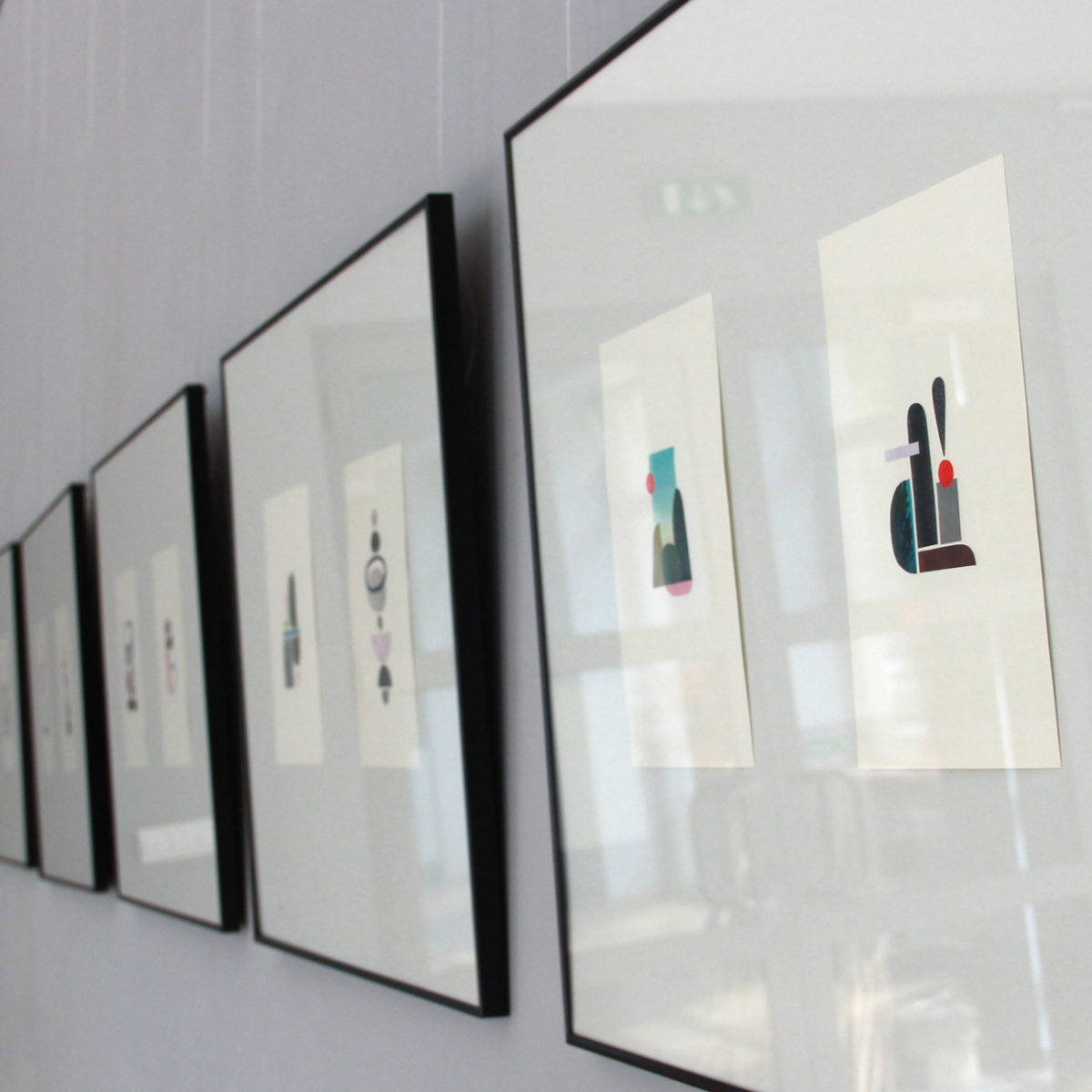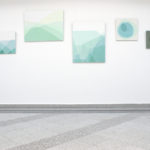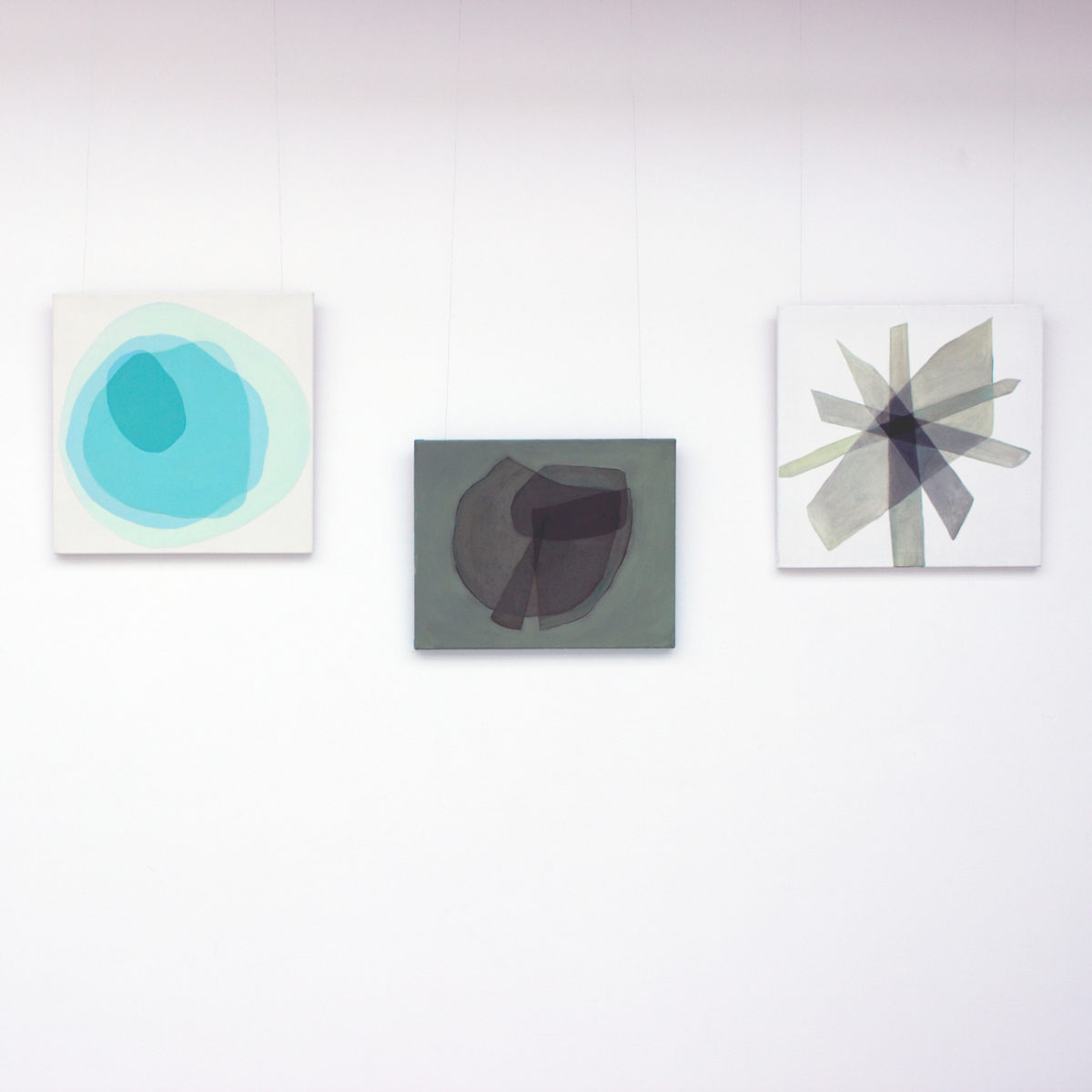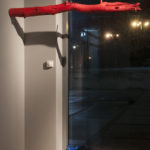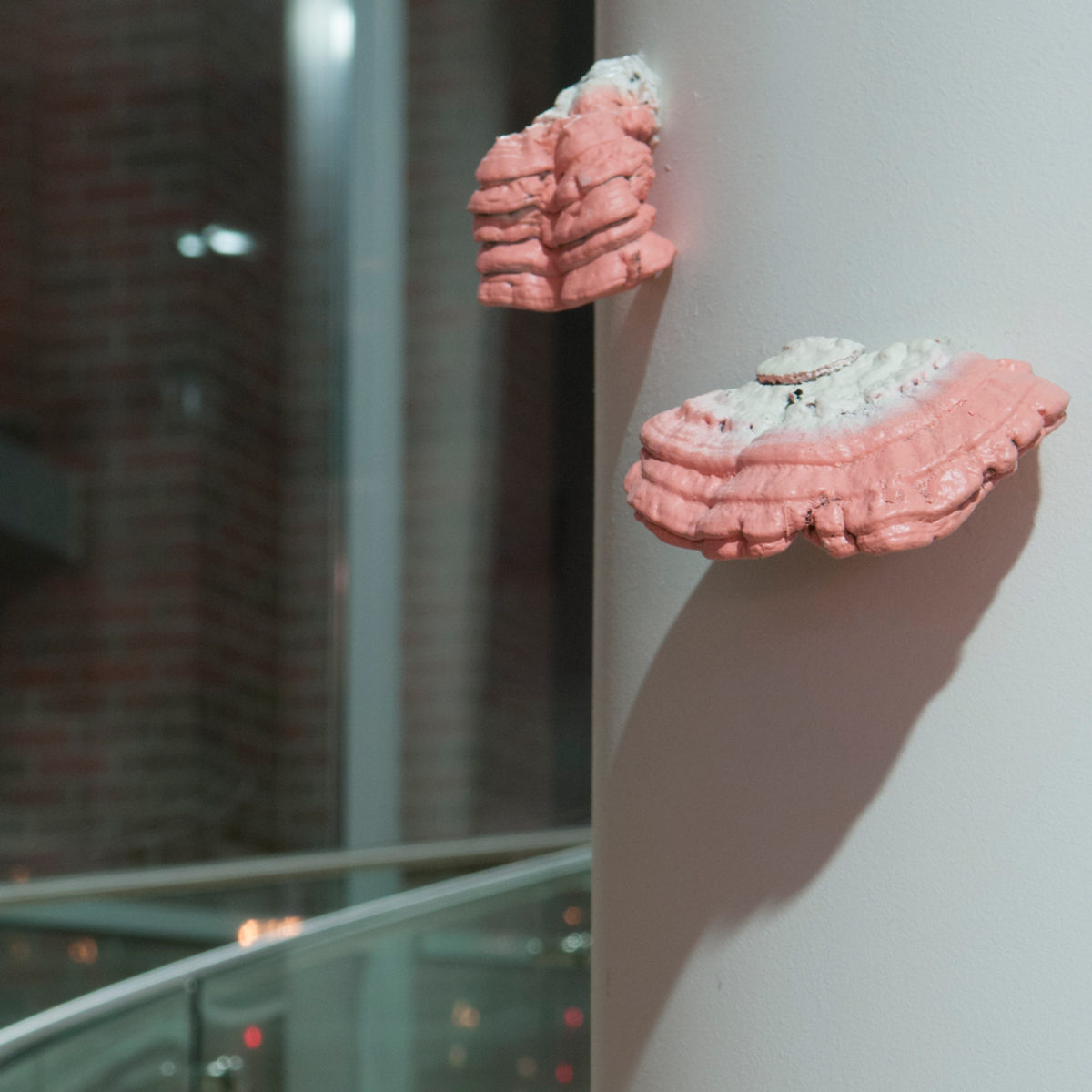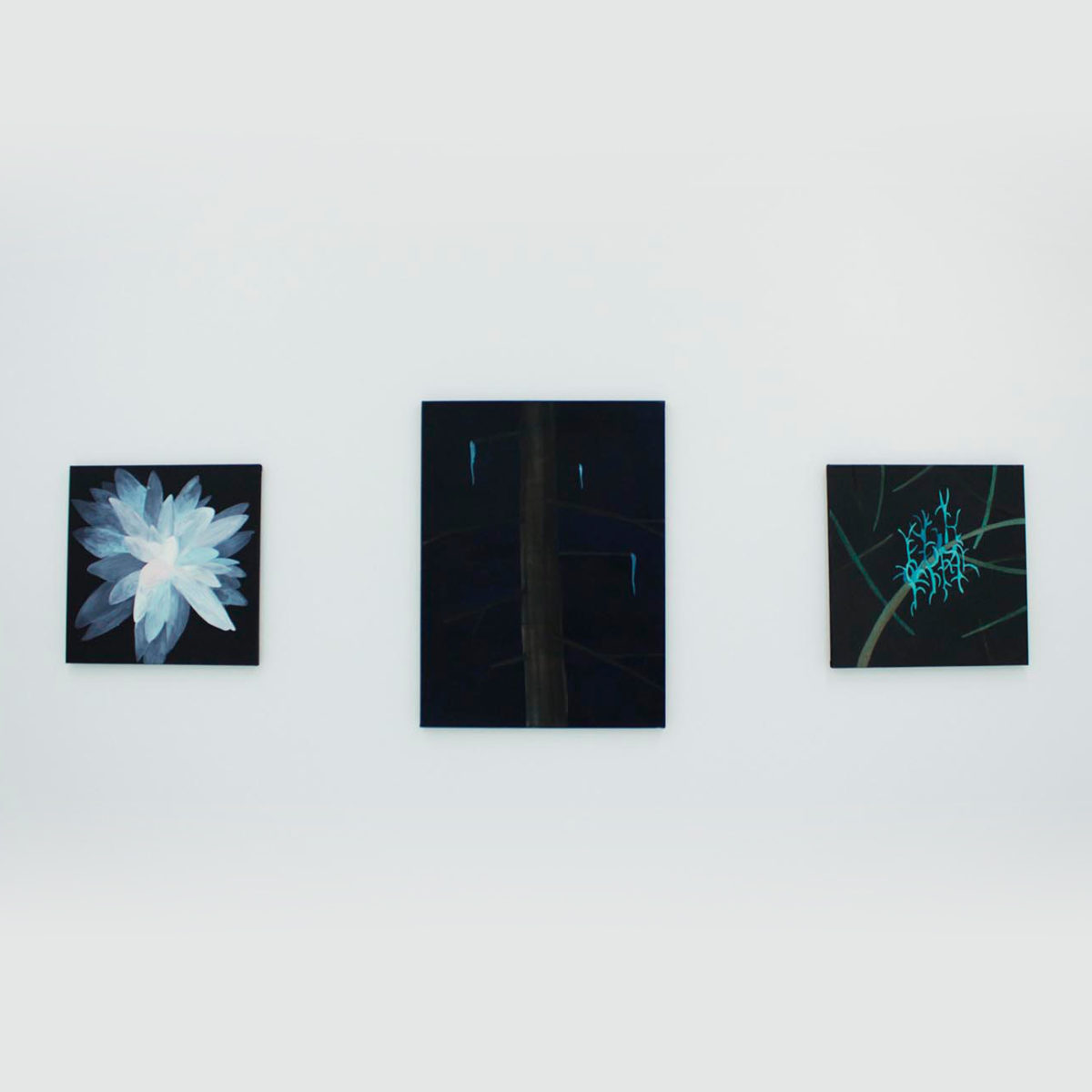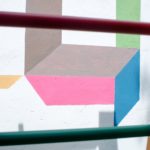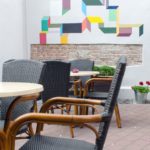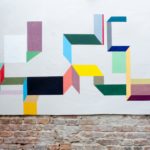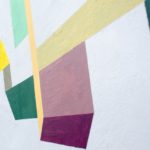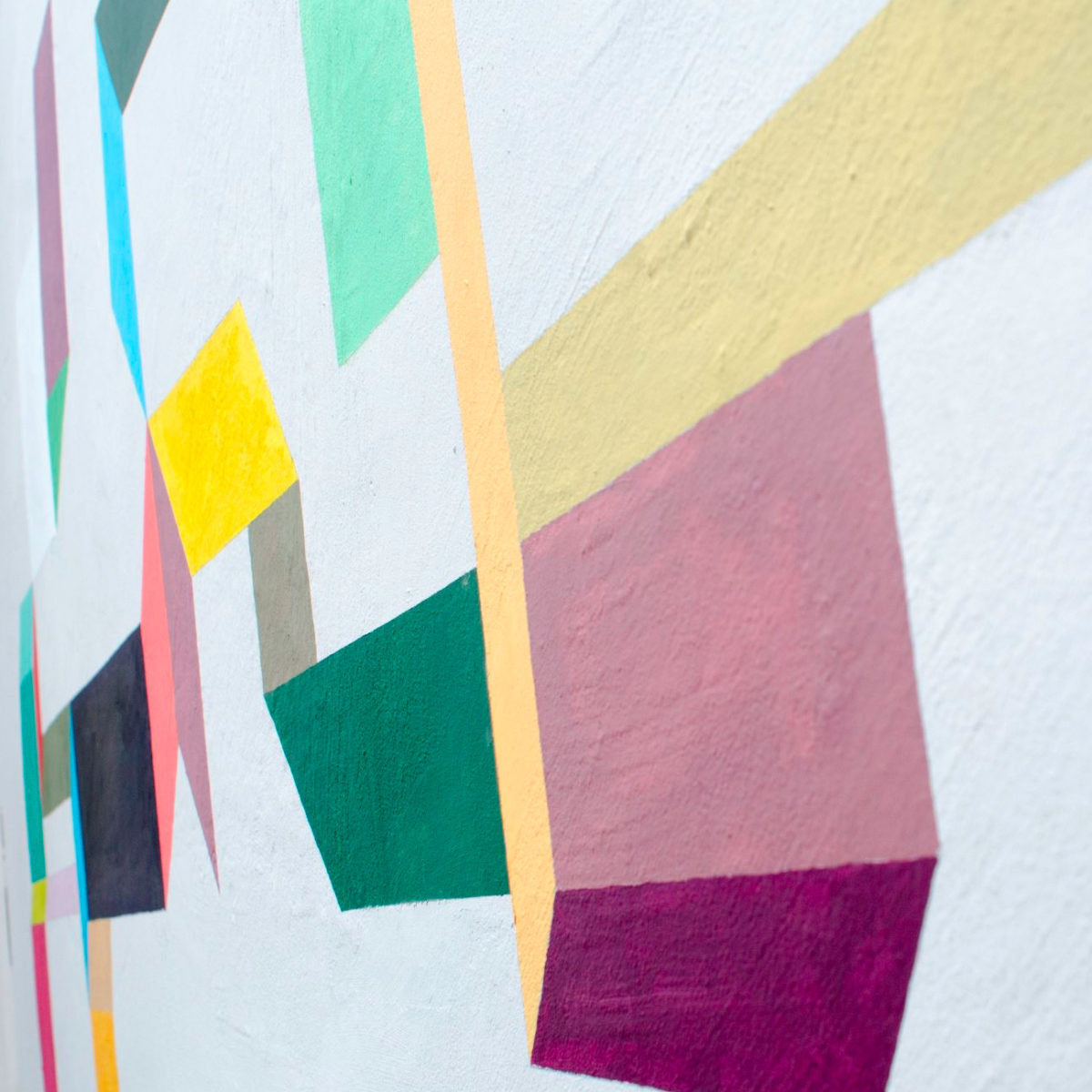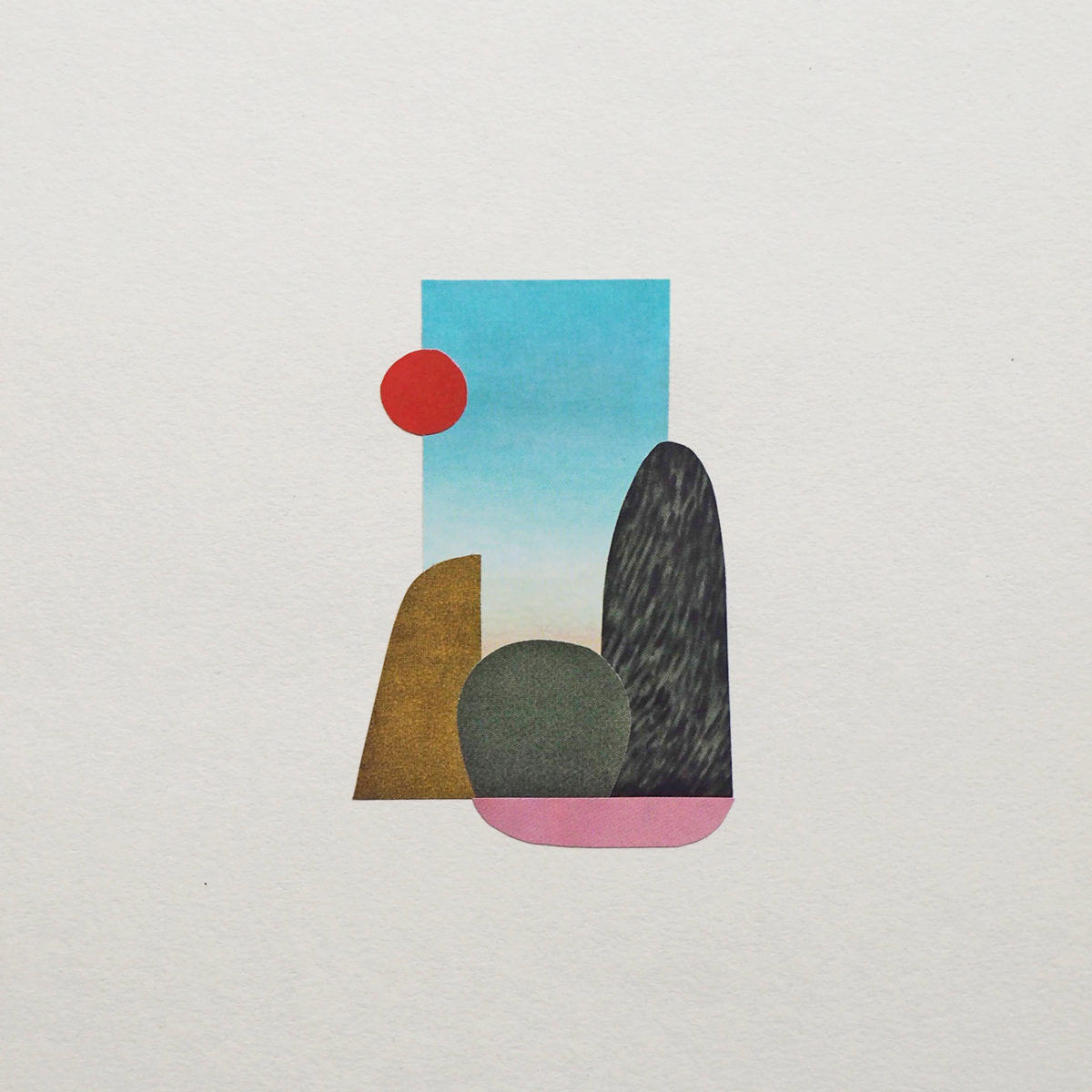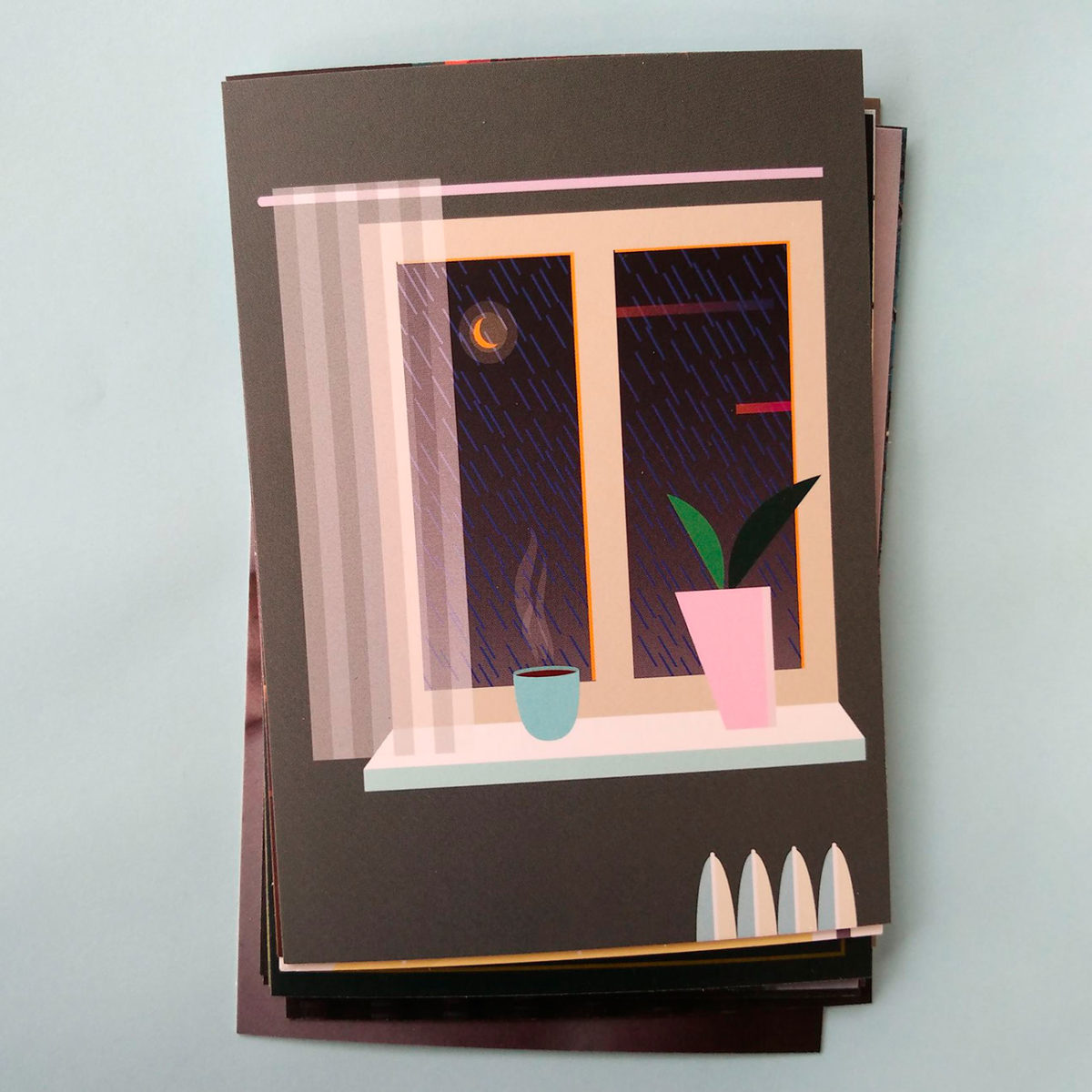Month: November 2017
Helibo Seyoman
Artbook Helibo Seyoman refers to mysterious made-up- language lyrics of Warszawa – David Bowie’s song which was written and recorded in August 1976 in France. It has been speculated that the gloomy atmosphere of Warszawa reflects the situation in Warsaw at the same time of Bowie’s visit to the city. In 1973 David Bowie was travelling by train from Vladivostok to Paris via Moscow, taking short stops in both Warsaw and Berlin. We asked writers, visual artists and graphic designers from Berlin and Warsaw to contribute to Helibo Seyoman using their own creative means. Each of them was requested to use the term “Helibo Seyoman” – either verbally or visually – while telling a fictional story about a historical coonnection between both cities. At the same time, they were asked to avoid any reference to David Bowie or the song Warszawa.Artists &
Authors:
Sandra Bartoli, Agnieszka Brzeżańska, Jerzy Goliszewski, Ulrich Gutmair,Tymek Jezierski, Christin Kaiser, Hari Kunzru, Krzysztof Pyda, Agata Pyzik, Gregor Różański, Ariane Spanier, Olga Szczechowska, Andreas Töpfer, Aleksandra Waliszewska, Gregor Weichbrodt, Jakub Żulczyk
Curators:
Martin Conrads, Franziska Morlok, Bogna Świątkowska
Publisher:
Fundacja Bęc Zmiana
Partners:
designtransfer, przestrzeń działań związanych z architekturą, sztuką i mediami,działająca przy Universitat der Kunst w Berlinie, www.designtransfer.udk- berlin.de oraz Polnisches Institut Berlin
Girls room no 2
Ilustracje dla magazynu G’rls Room numer 2-wiosna 2017
do opowiadania Kuby Wojtaszczyka “Amerykański sen Krystyny”
Habitat
PRZEprojekt: Open Call Intervention in SpaceCoCA in Torun, 2013documentation: Tytus Szabelski
The relationship between artworks and art galleries that put them on display can be described as symbiotic, as a close association of two organisms beneficial for either of them. There is no art without the institutions that exhibit it; the institutions make no sense without artists and their creation. The principles underlying the symbiosis are applied by means of advanced exhibiting systems, promotional enterprises and complex works. However, the profit-to- loss ratio in the relationship is rarely easy to be determined.
This organic poetics of coexistence seems to have driven the project prepared for PRZEprojekt by Olga Szczechowska. The artist will intervene in the space of the Centre of Contemporary Art; the results may prove hardly perceptible or disturb the solemnity of the institution, they may also coexist with the architecture of the place in an unapparent and untypical fashion. Natural forms will be translated into objects whose “habitat” will be provided by the gallery space. The outcomes of the artist’s intrusion will include artifacts, smuggled – as it were – in passing, oscillating between the rational and the irrational, crawling all around the architecture interrupting its rhythm.
Habitat tells the story of where art belongs. The pure space of the monumental white cube is going to act as a host for artistic microbes; it is going to provide a platform for a discussion with the institution. If you decide to view the show, you will find yourself following trails left by the artist all over the gallery. Outsiders will also have a chance to come across one of the artist’s hidden interventions. Their ambiguity and subtlety may reveal themselves when least expected. In genuine admiration of daily life, in which the organic and the inorganic become one, the artist offers us an opportunity to experience the symbiosis around art.
One swallow makes a spring
Intervention in urban space, Torun, 2013|Swallow – a small bird that is a harbinger of spring, has become a symbol of sunlight, domestic happiness and hope. Apparently, swallow’s nest is a sign of a good fortune for its place. So we decided to put like a swallow nest details at various locations in Bydgoskie Przedmieście. We selected the buildings because of its interesting history, monumental, historical or sentimental value in which our interventions will be placed forming a pathway that allows to sightsee subjective extraordinary district.
The term “nest” is associated with the family, the family home and a sense of safety. “To nest” is to feel good at some point, to become attached to something. We would like to ask residents how good they feel in their district? Do they like their neighbourhood? What are the stories behind the place for them?|We want all created by these colourful interventions trail to be premiered during Bydgoskie Przedmieście Day on May 18, 2013. These micro-objects made of multi-colored styrofoam balls will adorn, but we hope also encourage reflection by its form or the rich symbolism and association with birds those living among human households. The intervention created by artist has become the starting point for a conversation with your family, neighbours or spontaneous meeting with friends.
author: Marta Kołacztranslation:
Michał Połomski


